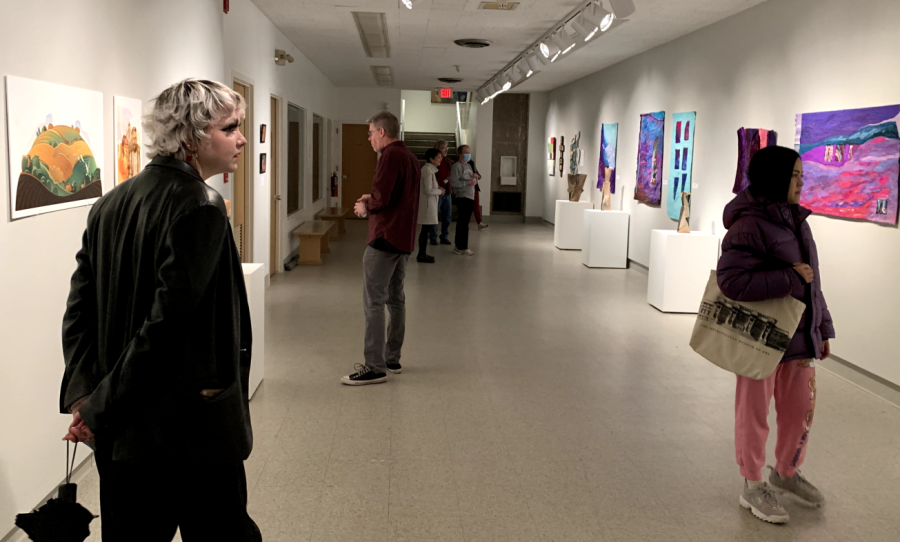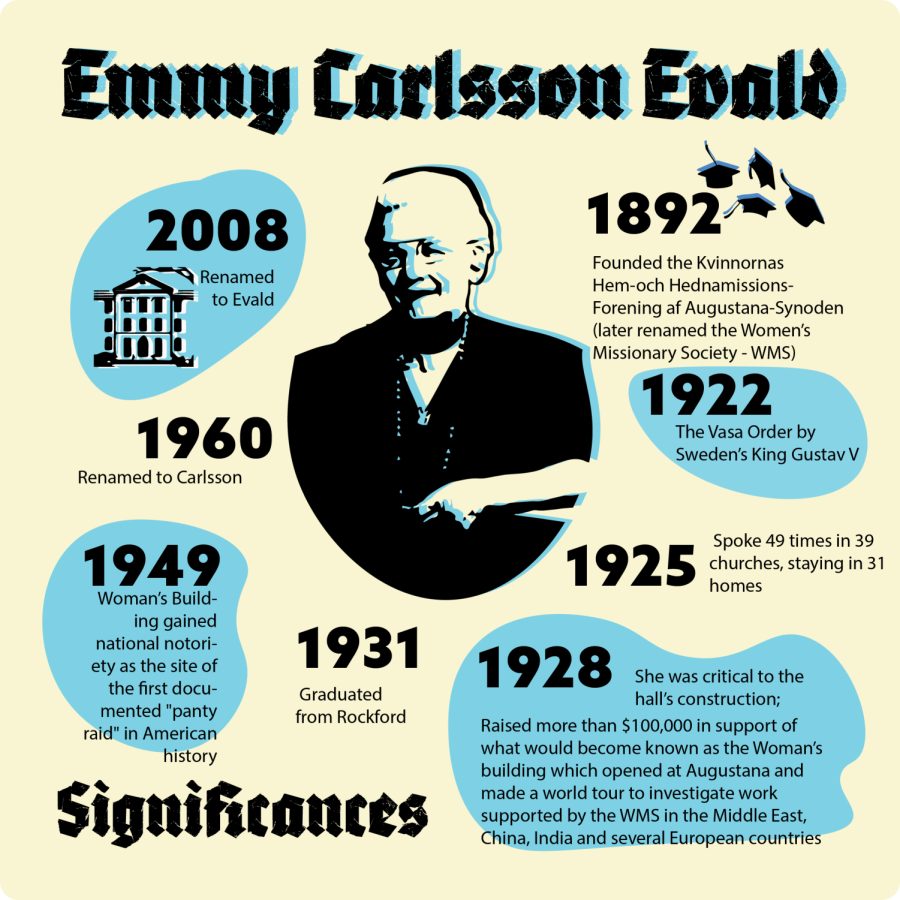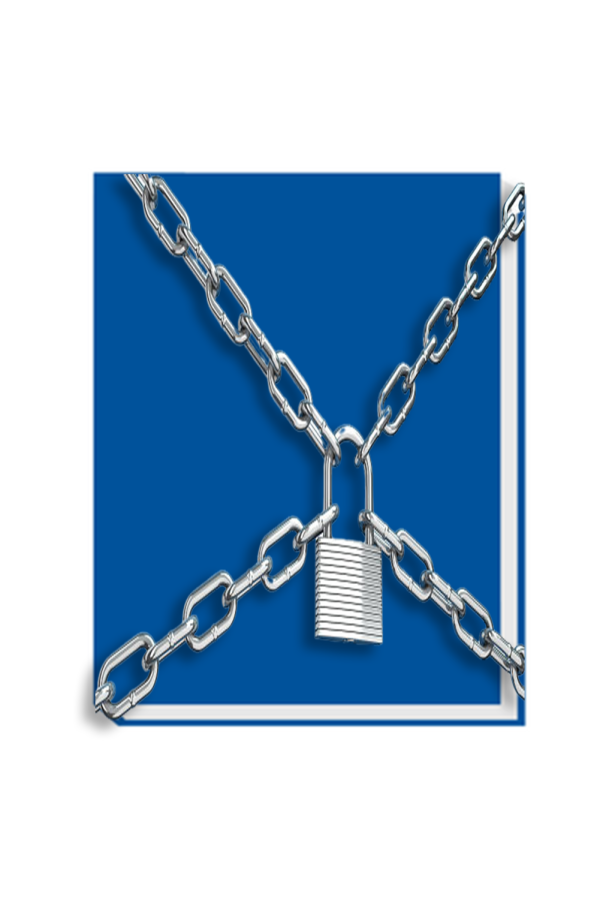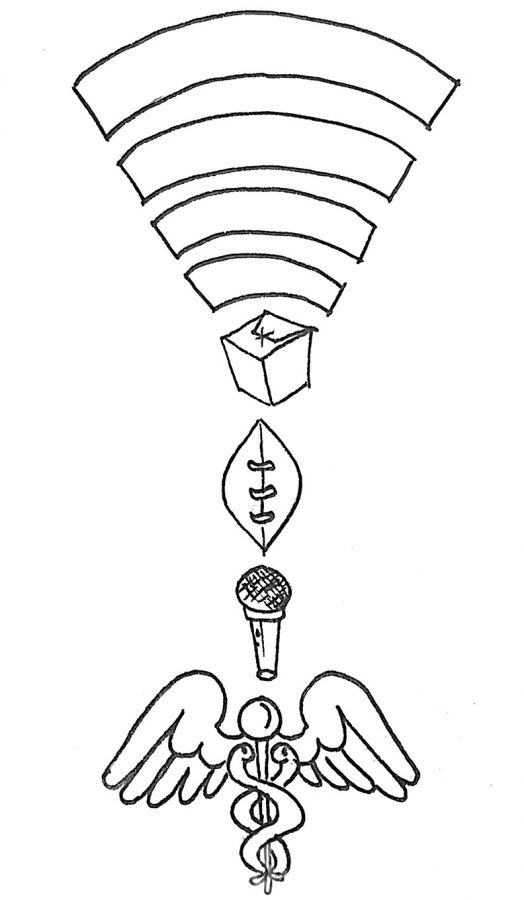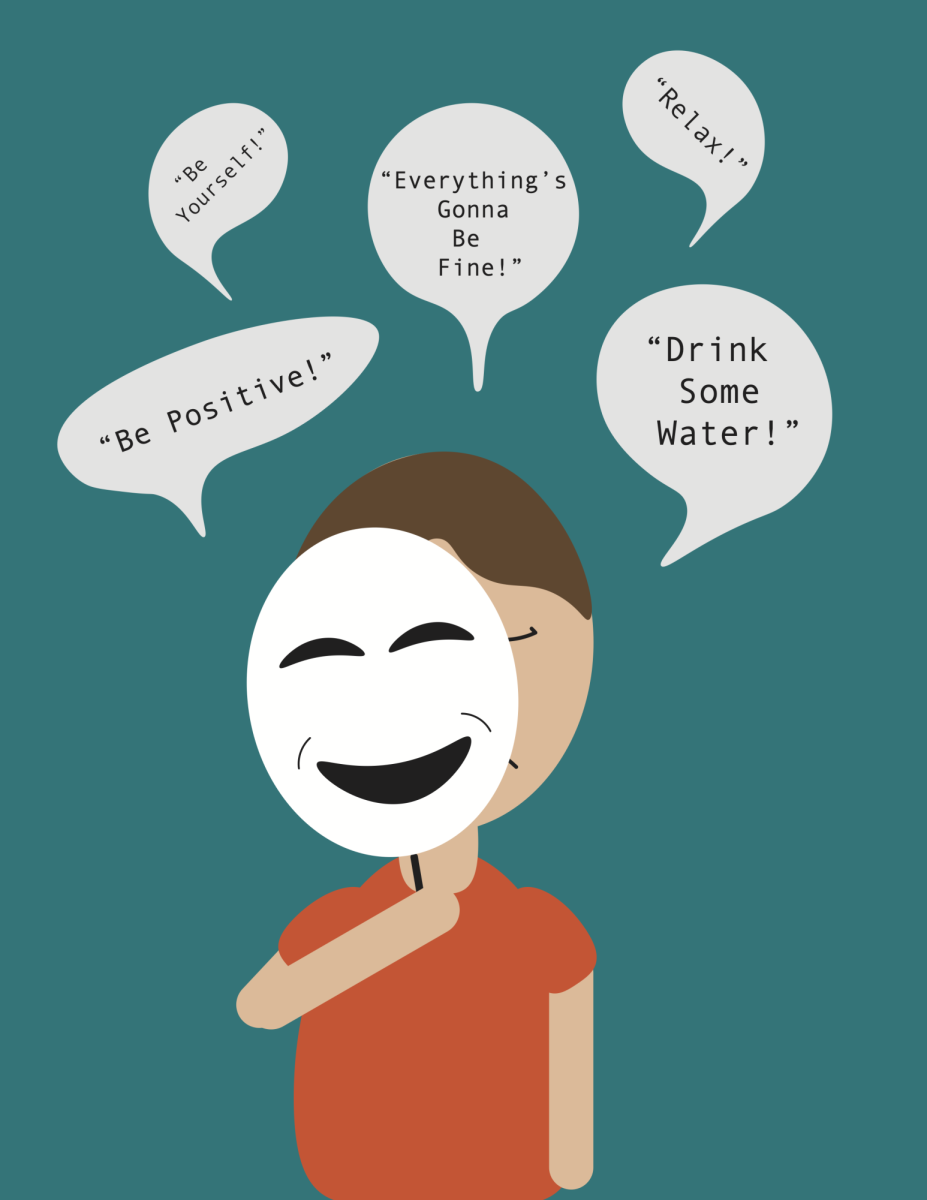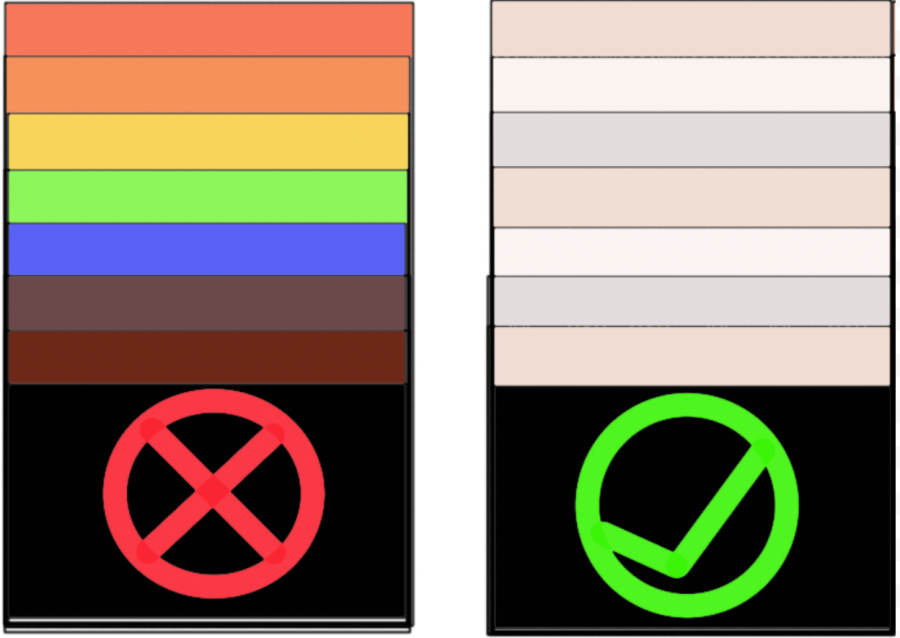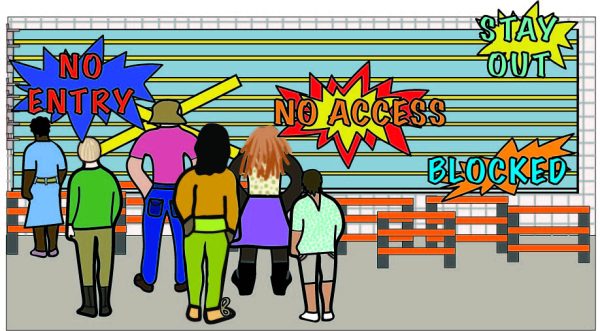It’s Not So Yeezy: looking at art free of the artist
November 20, 2022
In early October, rapper and designer Kanye ‘Ye’ West donned a “White Lives Matter” t-shirt, an anti-black move he later followed with anti-semitic tweets and interviews.
This disturbing trend in his work in the public eye led to the dissolution of a Yeezy brand deal with Adidas and raised questions about if his music should be removed from platforms like Spotify.
However, banning West from the music streaming platform would raise concerns about what is considered ban-worthy and the role of censorship of art
Brands taking a stand on issues and separating from deals or entities that may hinder their commercial success is nothing new, but Spotify is unique in that it represents artists’ music rather than their personas outside of it. So, while it is without a doubt that West’s anti-semitism is problematic, banning his music on Spotify would do more harm than good.
Closely following West’s release of “White Lives Matter” t-shirts, Adidas placed their partnership with Kanye under review — something that would later result in the termination of the brand contract and would incite a Twitter-based outburst from West.
Only days after this, West was restricted from Instagram after he posted a text conversation containing anti-semitic content. He later tweeted the anti-semitic statement: “death con 3 on Jewish people.”
While West has been controversial throughout his career, anti-semitism seemed to be the straw that broke the camel’s back in his career — not only costing him the Adidas deal, but resulting in strong backlash including activists advocating for his removal from Spotify.
While it is reasonable for brands to speak out against or separate from their partners to preserve the brand image, this is an issue which concerns the individual rather than their art.
In the case of West and Spotify, the platform houses his music. In contrast to his statements as of late, the music Kanye produces is not at all anti-semitic, but does contain mentions of drug and sexual content.
This material alone does not warrant censorship, and if all similar content was removed, rap music would cease to exist on the platform. So, why censor the music if it does not contain material worthy of being censored?
The answer, simply put, is don’t censor it. If platforms like Spotify struck down music based on the actions of its creators, even if the actions were indeed problematic, it would have a lot less music than it does.
For example, creator R. Kelly was indicted of a range of crimes against minors, but you can still listen to his music. Marilyn Manson’s music is also accessible despite him having been accused of numerous cases of abuse and assault. Both of these artists would arguably have their music removed from Spotify on the basis of these behaviors and the public response they elicited.
Arguably, criminal offenses involving minors or the abuse and assault of women are very different from statements of anti-semitism.
However, all resulted in public backlash to a similar degree, meaning the backlash could have resulted in them being removed from brand deals or platforms such as Spotify.
The reason that their music remains uncensored on the platform is that the music is separate from the individual. The art separated from the artist.
It can be enjoyed by listeners without personal investment in the artist — something that censorship of music would eliminate. If anything, censoring the music would only increase listener interest in the lives of the artists, as they wonder what the individual has done to get their music struck from the platform.
This may result in listener distrust of the platform, as they wonder on what grounds the music is censored and if it relates to their own beliefs.
Overall, despite the clear problematic nature of West’s anti-semitic statements, online and in a clothing context, removing his music from the Spotify platform would do more harm than good.
Raising concerns about what is censored and why, the relationship between the art and the artist, and depriving listeners of the ability to listen to music without thinking of the musician.































